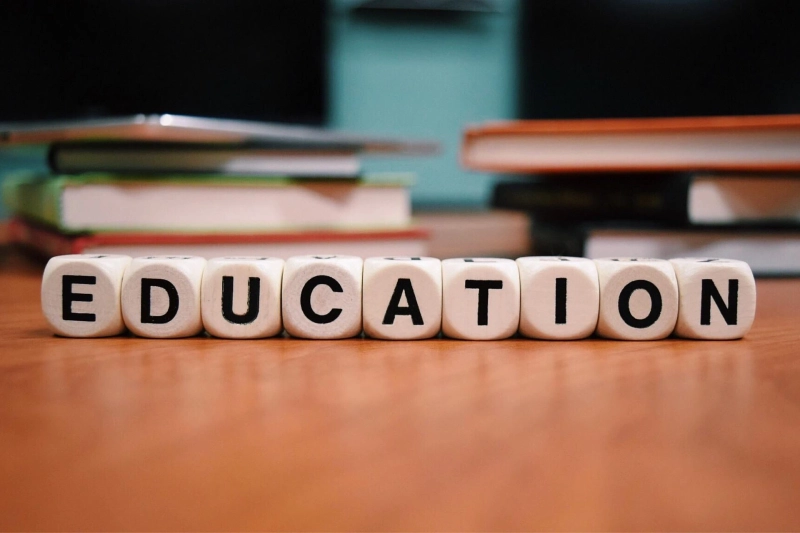Secondary education, encompassing grades roughly from 7th to 12th, plays a crucial role in preparing students for higher education and future careers. The institutions and services catering to this age group constitute the secondary education market. This market is undergoing significant transformations, driven by technological advancements, changing demographics, and evolving student needs.
Market Size and Scope
Estimating the precise size of the global secondary education market proves challenging due to its multifaceted nature. Public and private institutions, along with a variety of educational services, contribute to the overall market value. However, research indicates that the global K-12 education market, which includes both primary and secondary education, is expected to reach a staggering USD 7.3 trillion by 2026, with a Compound Annual Growth Rate (CAGR) of 7.1%. While a specific breakdown for the secondary education market isn't readily available, it represents a significant portion of this overall market.
Market Trends Shaping the Future
Several secondary education market trends are:
Technological Integration: The rise of education technology (EdTech) is transforming secondary education. Interactive learning platforms, online learning resources, and adaptive learning software are fostering personalized learning experiences and enhancing student engagement.Demand for Career-Oriented Learning: Students today are increasingly seeking educational pathways that prepare them for specific careers. The secondary education market is responding by offering more vocational training programs, career counseling services, and project-based learning opportunities that bridge the gap between theory and practical application.Focus on Soft Skills Development: Employers are prioritizing soft skills like critical thinking, communication, collaboration, and problem-solving. Secondary education providers are incorporating these skills into their curriculum through activities and projects, preparing students for success in the modern workforce.Evolving Parental Expectations: Parents are actively involved in their children's education and increasingly seek diverse learning environments. The secondary education market is responding with a rise in charter schools, magnet schools, and online learning options that cater to individual student needs and preferences.Growing Importance of Social-Emotional Learning (SEL): Recognizing the impact of social-emotional well-being on academic performance, the market is witnessing an increased focus on SEL programs. These programs equip students with emotional regulation skills, conflict resolution techniques, and positive communication strategies.Market Revenue Streams
The secondary education market generates revenue from various sources:
Public Funding: Public schools primarily rely on government funding for operational costs, teacher salaries, and infrastructure development.Private School Tuition: Private schools generate revenue through tuition fees, which can vary depending on location, school size, and the amenities offered.Educational Services: A range of educational services contribute to the market, including standardized testing companies, curriculum developers, and educational technology providers.After-School Programs: Supplemental educational programs offered after school hours for academic support, enrichment activities, and specialized training generate additional revenue.The Road Ahead
The future of the secondary education market hinges on its ability to adapt to changing demographics, technological advancements, and student needs. Here's what we can expect:
Increased Personalization: Learning experiences will become increasingly personalized, leveraging technology to cater to individual learning styles and academic strengths.Blended Learning Models: A blend of traditional classroom instruction and online learning is likely to become the norm, offering students greater flexibility and personalized learning pathways.Focus on Global Citizenship: Preparing students for a globalized world will be a priority, with curriculum incorporating multicultural perspectives and fostering global competency skills.Emphasis on Lifelong Learning: The market is expected to see a rise in continuing education opportunities for adults seeking to upskill or reskill in a rapidly evolving job market.Conclusion
The secondary education market is at a crossroads, facing both challenges and exciting opportunities. By embracing innovation, catering to evolving student needs, and leveraging technology effectively, the market can ensure that secondary education remains relevant and engaging, and prepares students for success in the 21st century.



